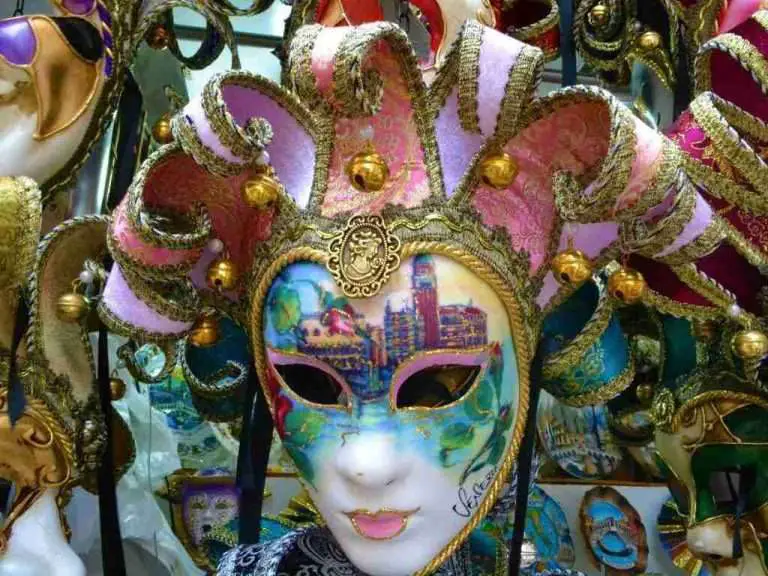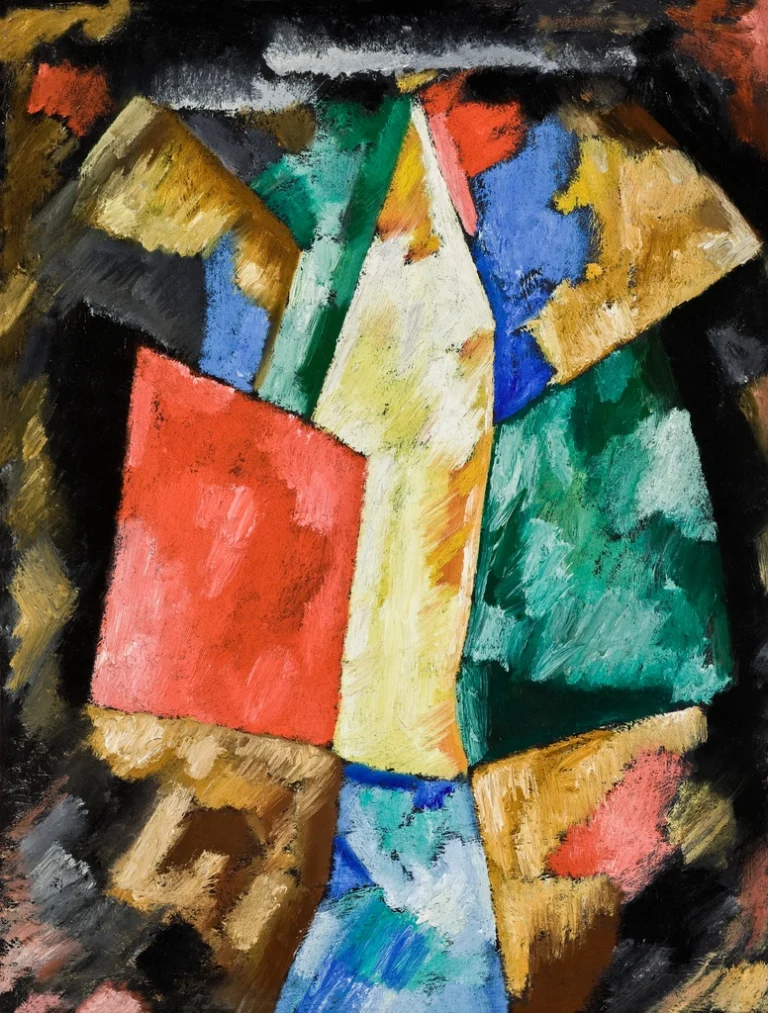
On 26 April, Prime Minister Giuseppe Conte announced Phase II of Italy’s long coronavirus lockdown. After nearly two months of closure, Italy’s museums and other cultural venues such as libraries and exhibition spaces would be allowed to reopen on 18 May.
The reopening comes with guidelines, of course. Visitors will be required to social distance. Facilities will provide sanitizers. But, as the Art Tribune pointed out, there will be no “obligations for institutions, except those dictated by common sense.”
Reopening of the Vatican Museums
The Vatican Museums, which are not under the same lockdown orders but require Italy to be open in order to welcome visitors, has said that it will use thermal scanners to measure visitors’ temperatures and will require all staff to wear masks and gloves. As reported in La Repubblica, the Museums will open in the afternoons and evenings to allow for visitors, all of whom will be local, who work in the morning.
Prior to the lockdown, the Vatican Museums were averaging up to 25,000 visitors per day leading many, including this blog, to ask when the Vatican would begin to limit the number of visitors. The constant crowds in the Sistine Chapel detracted from the user experience. So this will be a chance for the Vatican to experiment with limiting guests.
Emphasis on Italy’s Large Museums and Outdoor Heritage Spaces
Dario Franceschini, Italy’s Cultural Heritage Minister, has said that the gradual reopening after lockdown should be an opportunity for the “enhancement of places and destinations that have large spaces.” UNESCO Heritage Sites with gardens and outdoor areas, such as Rome’s Colosseum and Forum, Pompeii, and Padua’s Botanical Gardens, will no doubt benefit from an influx of local tourists who are ready to get out into the fresh air and explore Italy’s outdoor museums.
Some large museum venues, such as the MAXXI Museum of 21st Century Art, should be able to comply with social distancing guidelines from 18 May. But smaller-scale institutions may take longer to open. For instance, Valentino Nizzo, director of the National Etruscan Museum, has said that it will not be able to open until June, at the earliest, owing to staffing and funding shortages.
Timed Ticketing and Reduced Visitor Numbers
Even before the lockdown, several popular museums, including the Uffizi in Florence and the Borghese Gallery in Rome, had resorted to increased admission rates and reservation systems in order to keep the crowds at bay.
The Uffizi Galleries began a new pricing and reservation scheme in March 2018, a move that will help it manage entries in the post-lockdown world. Uffizi Director Eike Schmidt explained that prior to the quarantine, the Uffizi allowed 900 visitors at a time into the galleries in order to keep guests from crowding around famous works of art, such as Botticelli’s Birth of Venus. That number is set to be reduced, although no new number has been confirmed.
The Uffizi, which has contributed many works of art to Raphael 500 exhibition in Rome, has also said that it will allow the paintings to remain in the exhibition should it be extended beyond its 2 June closing date. Given that the Raphael exhibition was shut down only a few days after it opened, it will likely be extended.
Closed Forever
Two months is not a long time. But it has been long enough to wreak havoc on the bottom lines for many small museums and galleries as well as the ecosystems that surround them —the tour guides, the ticket vendors, the maintenance staff that cleaned up after the visitors left. The post-COVID reality for many museums, from small-town art museums to private galleries, will be closure. Voices from the public and private sectors are calling for the establishment of a cultural fund to help build a source of funds for museums that are on the brink of closure.
Conclusion: Challenges and Opportunities
It is yet to be determined when foreign tourists will be able to enjoy Italy’s museums and cultural heritage sites again. But travel in Italy will be different than it was before.
Italy’s museums are likely to become more expensive and more exclusive as we go forward in the post-quarantine world. Many museums will likely institute timed ticketing to encourage social distancing. But they will charge higher prices to make up for the loss in revenue that extra visitors would have provided.
This long closure will be an opportunity for museum directors and cultural leaders to rethink the museum of the future, one that trends “towards the enhancement of a slower and more authentic experience of use, of a more conscious relationship with art, so that finally quality can prevail over quantity.”
Italy’s future museum visitors, many of whom have rediscovered the importance of art during the quarantine, will also have a responsibility. Those coming from out of town and from overseas should expect to plan their museum visits before they travel as many museums will have to limit the number of admissions to address social distancing requirements.
Visitors will also have to adjust expectations and be prepared to make other plans. “We must expect a more sustainable standard,” explains travel writer Andrew Evans. “And some of us will have to change our dreams. We might have to look away from the crowded Sistine Chapel and seek out a lesser-known fresco in Ravenna.”
That may be a lot to ask for first-time visitors to Italy’s museums, to have them forego famous frescoes and recognizable ruins for lesser-known sites. But for those tourists who have visited Italy before, this may be time to consider other corners of Italy and/or traveling during the off-season.
Despite the challenges that lie ahead, both for museums and for the traveling public, the reopening of Italy’s museums in mid-May presents an unprecedented moment for a reset.
“Forced to social distancing, those who access [Italy’s museums] will be able to see the works of art as few have seen them,” writes Vincenzo Trione in a recent editorial for the Corriere della Sera. “But above all [we] will be able to listen to the eloquent silence of art.”
Last updated on May 17th, 2023Post first published on April 30, 2020






